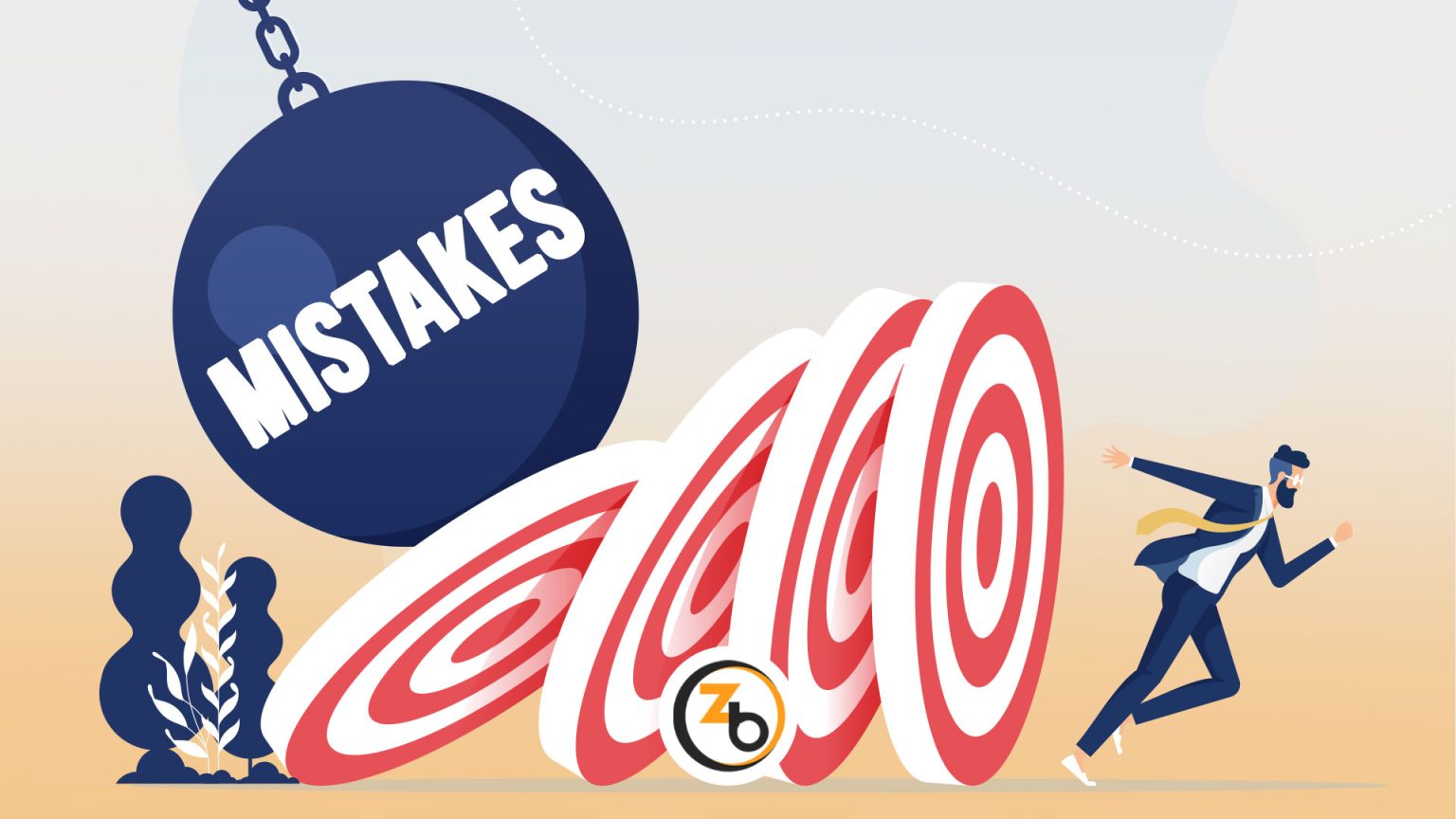Starting your Amazon business can be a thrilling journey, but it’s also fraught with potential pitfalls. Many sellers make critical mistakes that can cost them time, money, and ultimately their business. Here’s a rundown of the ten most common mistakes to avoid when selling on Amazon, and how to steer clear of them.
Table of Contents
1. Selling Low-Priced Items
Selling items under $15-$20 may seem tempting, but it’s tough to turn a profit at those price points. Competing with manufacturers in low-cost regions can leave you with razor-thin margins. Instead, aim for higher-priced items where the profit potential is greater. Use the rule of thirds: your product should cost about one-third of its selling price to be profitable.
2. Skipping Product Research Tools
Product research tools like Zonbase are invaluable. They allow you to spy on competitors, analyze potential revenue, and even discover where others are sourcing their products. Yes, these tools cost money, but they can save you from costly mistakes and give you a significant edge over your competitors.
3. Overspending on Courses
One of the biggest mistakes new Amazon sellers make is sinking too much money into expensive courses. While education is important, there are plenty of free and low-cost resources that can teach you the ropes without breaking the bank. For example, Amazon Seller University is a fantastic free resource. Balance your budget wisely—don’t blow all your capital on learning before you even start selling.
4. Ignoring Amazon’s Terms of Service
Amazon is a stickler for its rules. Failing to read and understand Amazon’s Terms of Service can get you booted from the platform. Don’t try to game the system with fake reviews or shady tactics; Amazon is a trillion-dollar company, and they’re incredibly good at catching rule-breakers. Take the time to read the terms and abide by them strictly.
5. Neglecting Product Images
Poor product images can be the death knell for your listing. Today’s buyers expect high-quality images that showcase the product from every angle. Invest in professional photography or leverage AI to enhance your product images. Consider adding text overlays or arrows to highlight key features of your product, making your listing more compelling.
6. Relying on Seasonal Products
While selling seasonal items can be profitable, it’s not recommended for beginners. The key is to ensure you can consistently move your product throughout the year. For instance, selling Halloween masks might bring in a surge of sales in October, but what about the other 11 months? Unless you have experience managing seasonal inventory, stick to products with year-round demand.
7. Conducting Research at the Wrong Time
Be mindful of seasonality when conducting your product research. For example, products like American flags sell well around the Fourth of July but may sit idle in your inventory during other times of the year. Researching products at the right time can save you from being stuck with unsellable inventory for months on end.
8. Failing to Automate and Outsource
As your business grows, so will the demands on your time. Failing to automate processes or outsource tasks can lead to burnout. Whether it’s using tools to manage inventory, automate customer service, or outsource tasks like product photography, streamlining your operations will allow you to focus on growing your business.
9. Ignoring PPC Advertising
Pay-per-click (PPC) advertising can be a powerful tool to boost your sales, but it’s often overlooked by new sellers. While it’s not something to dive into right away, PPC ads can help you gain traction once you’ve established your product. Keep an eye on the numbers to ensure your ads are profitable, and consider experimenting with Amazon’s PPC platform when you’re ready to scale.
10. Mismanaging Cash Flow
Cash flow is king. A common mistake is tying up too much capital in inventory, leaving no money for other essential aspects of your business. Especially with your first product, it’s better to start with a smaller order and sell out rather than overstocking.
Avoiding these common mistakes can help you build a thriving Amazon business. Remember, every successful seller was once a beginner, and learning from others’ mistakes is one of the best ways to shorten your learning curve.
Are you making any of these mistakes? If so, now’s the time to course-correct and set your Amazon business on the path to success.

